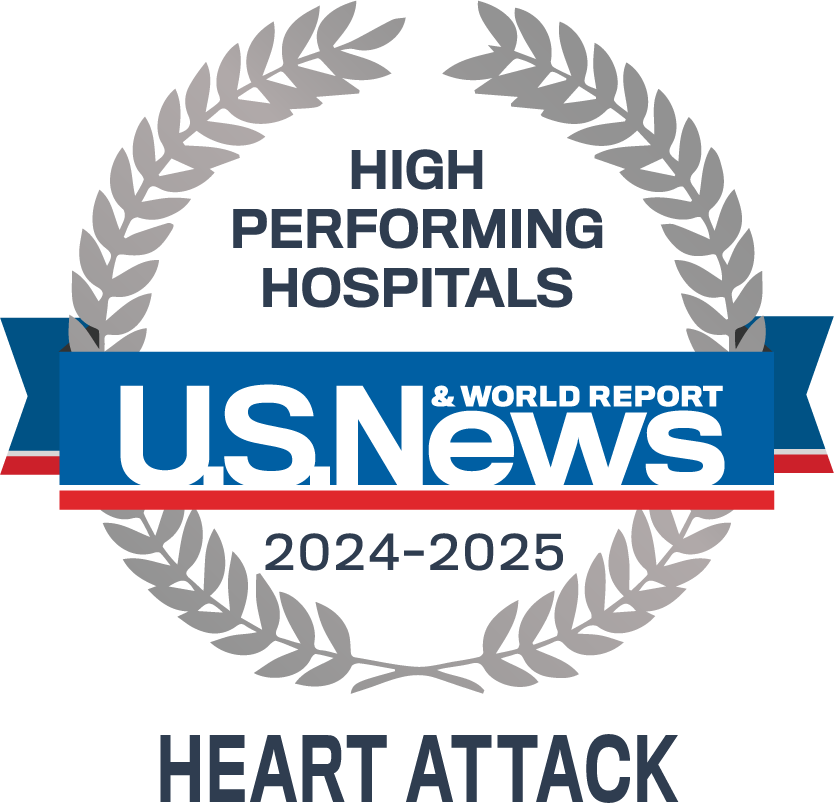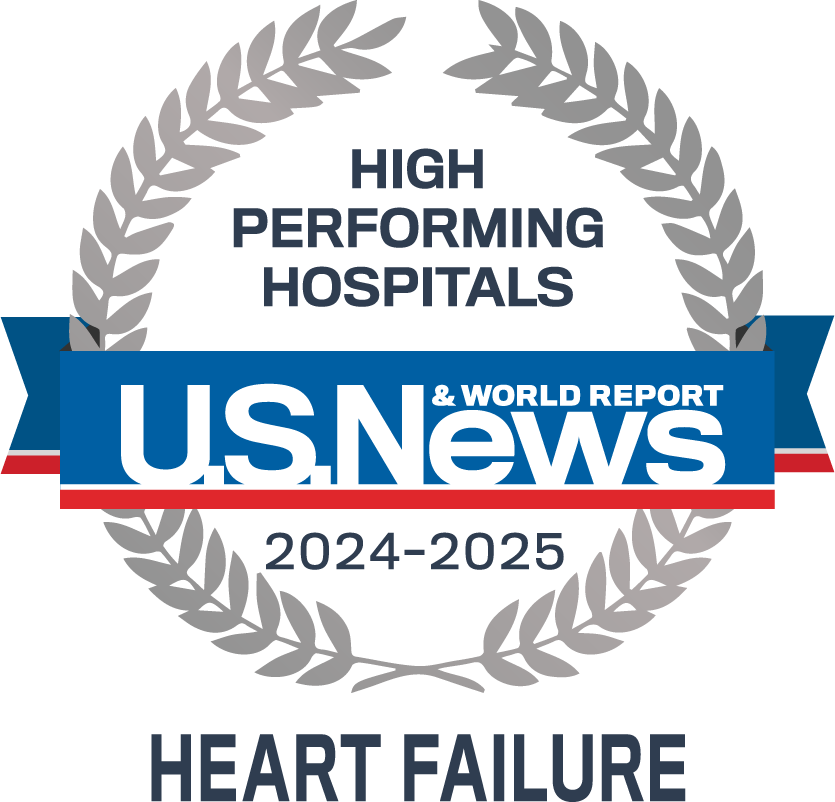
Cardiology
Cardiology
The Heart & Vascular Center at Providence Alaska Medical Center offers state-of-the-art diagnostic outpatient procedures to aid in the evaluation, diagnosis, and treatment of possible heart disease.
Interventional Cardiology is a subspecialty of cardiology that focuses on the diagnosis and medical treatment of adult patients with acute and chronic forms of cardiovascular disease via minimally-invasive catheter-based therapy. These catheter-based interventions minimize pain, risk and recovery for many conditions.
Our experienced, board-certified interventional cardiologists employ the very latest technology in three, full-service catheterization suites and a specially-equipped hybrid suite for performing percutaneous procedures. Our interventional cardiologists work closely with their cardiology and cardiothoracic surgeon colleagues to deliver comprehensive, individualized care to Alaskans.
- Coronary Artery Disease - Coronary artery disease occurs when the vessels that supply your heart with blood become narrowed with plaque. This may restrict blood flow and lead to a heart attack.
- Chronic Total Occlusion (CTO) - A CTO is a complete blockage of a coronary artery. It can cause pain, shortness of breath, fatigue, and other symptoms. In the past, using a catheter to clear these blockages was very difficult, so doctors often performed surgery instead. Newer techniques that are less invasive than surgery are now very effective.
- Myocardial Infarction (Heart Attack)
- Heart Murmur
- Perivalvular Leaks - Paravalvular leaks (PVL) are leaks around replacement heart valves that can cause strain on the heart or anemia.
- Cardiomyopathy
- Congenital heart disease
- Chest pain (Angina)
- Heart failure
- Pulmonary hypertension
- Shortness of breath
- Valvular Disease
- Cardiogenic Shock
- Percutaneous Coronary Intervention (PCI) - PCI uses a thin, plastic tube called a catheter with a tiny balloon on its tip. With X-ray guidance, doctors thread the catheter through a blood vessel to a narrowed heart artery. When they inflate the balloon, it compresses the plaque. They then place a tiny mesh-like tube called a sent into the artery to hold it open. The procedure makes it easier for blood to flow.
- Chronic Total Occlusion (CTO)Treatment
- Coronary Stenting (bare-metal and drug-eluding)
- Coronary Balloon Angioplasty
- Coronary Artherectomy
- Ventricular Assist Devices
- Tandem Heart
- Intra Arterial Balloon Pump (IABP)
- Impella
- Paravalvular Leak Closure
- Pericardial Effusion Drain Placement
- Pediatric Cardiology
- Cardiac Catheterization - Cardiac catheterization is an X-ray study of your heart that takes place in our cardiac catheterization lab. During the procedure, a doctor inserts a thin tube called a catheter into a blood vessel and threads it to your heart. The catheter may enable doctors to do a number of tests that evaluate the chambers of your heart as well as your arteries and heart valves.
- Cardiomems - The CardioMems heart failure system allows your physician to monitor pressure readings in your pulmonary artery remotely. We do this with a small device we place directly in your artery with a cardiac catheterization procedure. The system helps your doctor detect worsening heart failure before you ever have symptoms. They can then make changes to your treatment plan to keep you out of the hospital.
Recognition

U.S. News & World Report - High Performing Hospital in Heart Attack (2024-25)

U.S. News & World Report - High Performing Hospital in Heart Failure (2024-25)